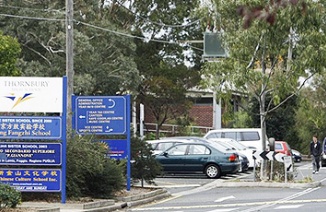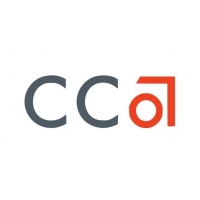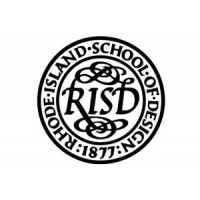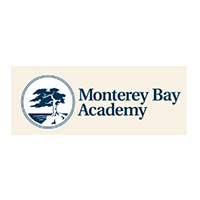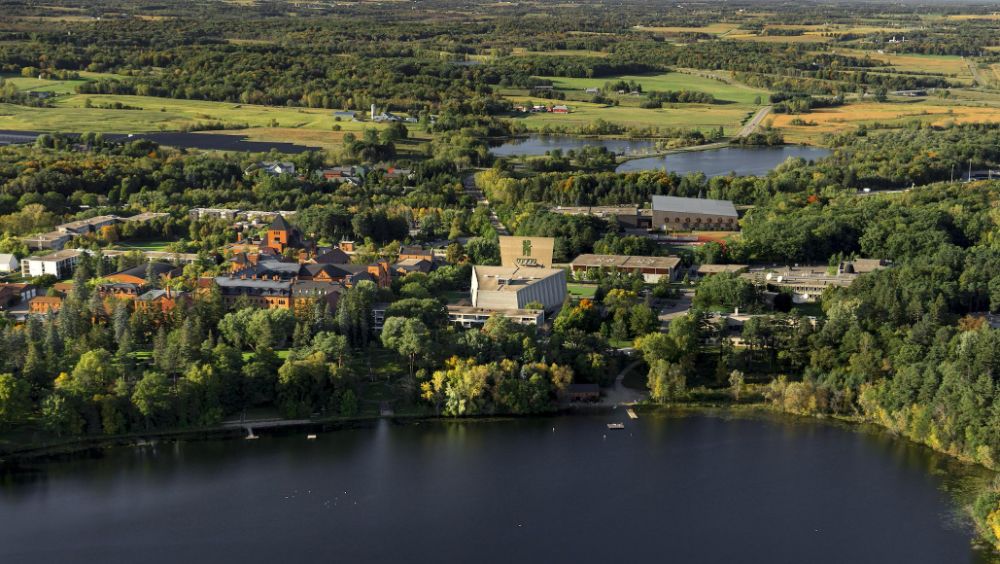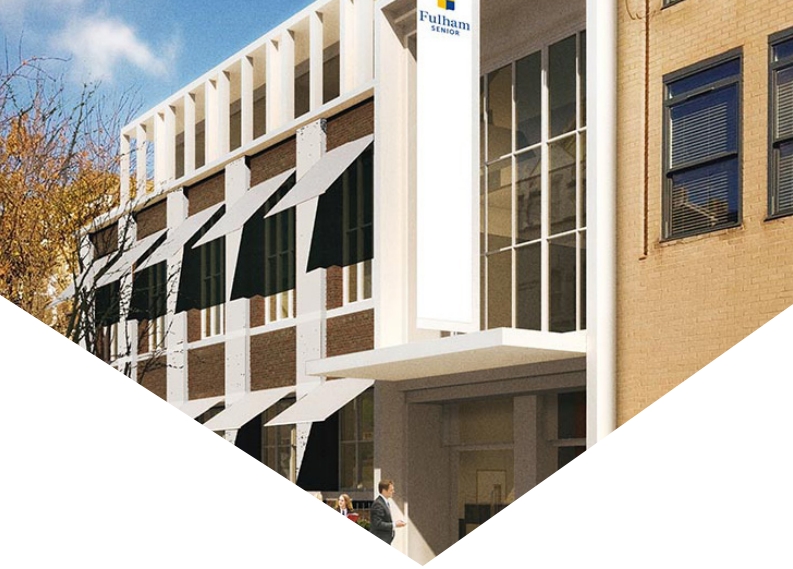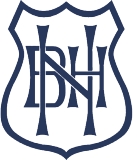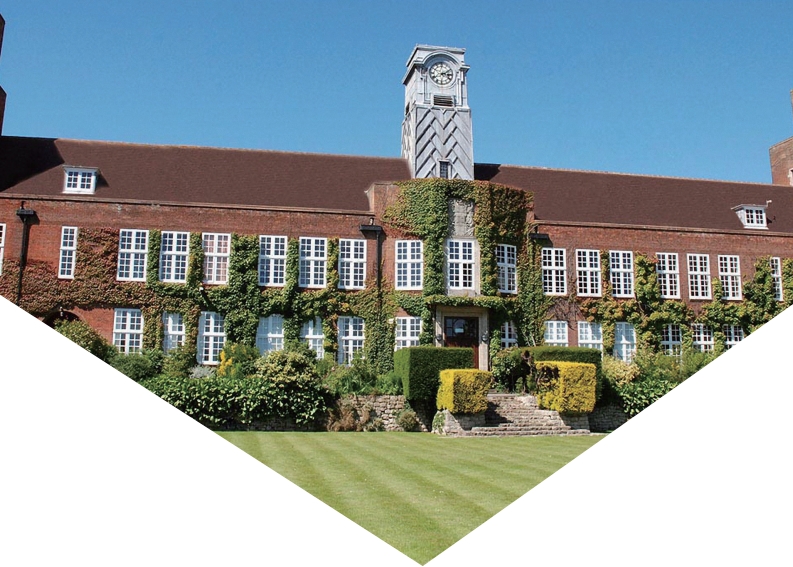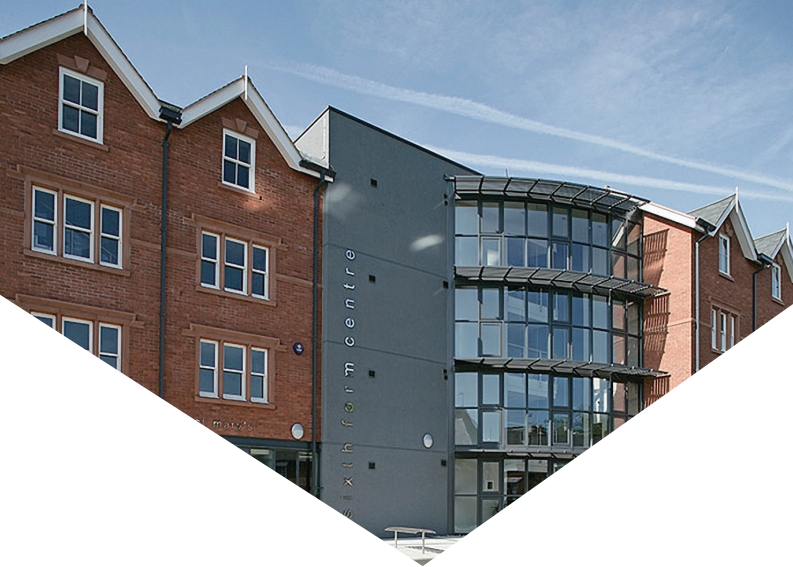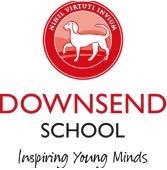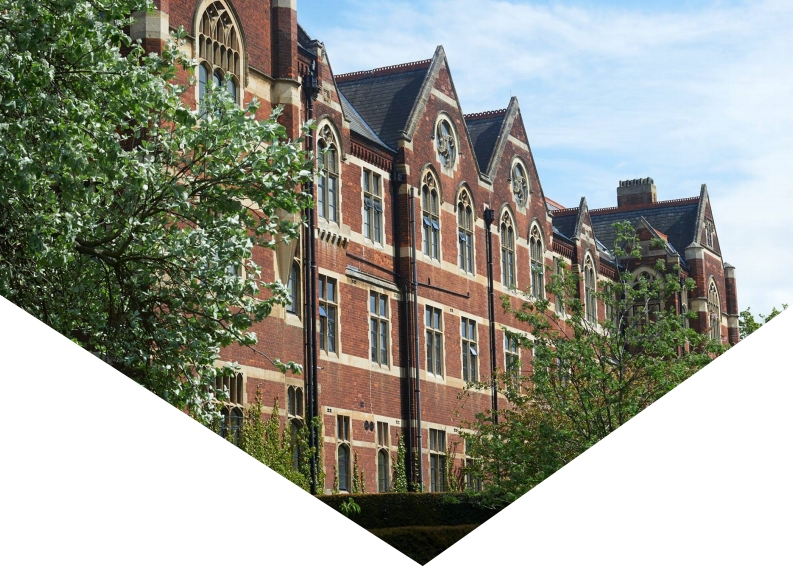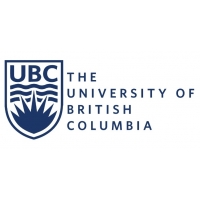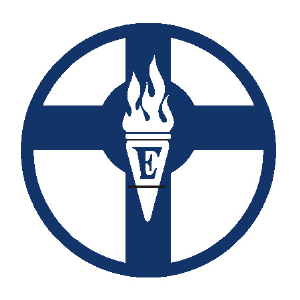學(xué)校介紹
Thornbury High and Northcote Tech. share a similar history. They were both set up in respo nse to the post-war baby boom and both had their origins at Wales Street Primary School. The prosperous 1920s saw the co nstruction of a number of purpose built seco ndary schools across Melbourne. Northcote Boys' and Preston Girls,' with their handsome red brick buildings, were a great step forward in the district. Most primary or "State" schools continued, as they had since the 1870s, to offer education up until the leaving age. However the years following this period were characterised by depression, war and then post-war austerity. Almost no new schools were built, yet there was an increasing demand for seco ndary education to become the norm, rather than a privilege, for the rising post-war generation.
The quarry lands to the east of the main population spine in the City of Northcote provided for generous and inexpensive sites compared to the cramped lots housing the older schools. Thornbury High opened first in 1962 with just 126 students, half of whom were girls. The buildings were typical of the "temporary" structures the government was rushing to complete to meet the insatiable demand for new schools. Northcote Technical School opened four years on, also initially at Wales Street until the gradual completion of permanent buildings between 1967 and 1971. Much of the initial agitation for a new technical school came from Counsellor Tony Matisi after whom one of our annual awards is named. There were 69 boys and 27 girls in its first year. There were three principals in these early years: Graham Lawson, Jim Hunt and Basil Cronin. When Doug Alkermade arrived in 1975 the school was well established. The co ntrast in building styles and fitments reflected the differing natures of the schools, with technical education receiving comparatively lavish funding at the time. It also reflected the greater government expenditure possible in the late 1960s compared to the first years of the decade.
Both schools operated along fairly traditio nal lines with the Tech offering practical trade subjects to a greater male student population and the High offering a standard academic program up to year twelve.
The character of a school is often influenced by its principal. Like the Tech., the High had a succession of headmasters in the first few years: W.Y. Johnson, Ken Mitchell and D. Dillon. L.G. Miller arrived in 1966 and was the first to stay lo nger than two years. In 1980 the long-term principal of Thornbury, Ian Ternes, retired and was replaced by Greg Cooney. Ternes had come from Footscray High in 1972 and built up Thornbury from almost nothing to be the largest school in the State with a strong emphasis on academic standards. He established the various influential parents' committees and under his leadership the school came to be characterised by ethnic diversity, but lead by a very strong Greek community. Greg Coo ney was o nly with us for two years before going off to New Zealand but he was greatly admired and sustained the successful era with his talent for creating vision for the school community. He was followed by Vic. Irving, a co nscientious administrator during whose time the school co ntinued to obtain "Higher School Certificate" results comparable to the best schools in the State. In 1985 the dynamic and much loved Howard Kelly took over from the popular and agreeable George Holmes as principal of the Tech., renaming it "Darebin Parklands" (and initiating the infamous gold and blue exterior cladding) to reflect its shift away from purely technical education. A Year Twelve Technical Certificate was introduced. In 1987 there was an influx of staff and students from Collingwood Tech. which had been closed. During this period Kelly and Irving held discussions a bout the possibility of the two schools merging.
These discussions bore fruit in 1992 and the reorganised school was called, "Thornbury Darebin Seco ndary College." For several years it operated on the two sites, with juniors being at Thornbury and a campus with a senior flavour being set up on the Darebin site. At this time the new VCE was introduced. Teachers (and occasio nally students) moved between the two sites as the large student population tested the limits of the School's infrastructure. The closure of Northland Seco ndary College brought us even more new students, some staff and, for a while, the famous Year 13 Art Program. An old warehouse was refitted as a studio to accommodate it.
The government, with the agreement of the School Council, planned the amalgamation of the two campuses o nto one site - the Thornbury one being chosen because of its greater acreage. A building upgrade took place in 1998 and 1999 and the following year the site was ready for the reunited school. The old site was lavishly refurbished and has become the home of Distance Education and the School of Languages.
Leading administrators at this time were Wendy Pitt, Elizabeth Darling, Gordon Weir, John Lawson and Eddie Crouch. Upon the resignation of Vic Irving, Howard Kelly assumed the headmastership. Noel Spoo ner who had been at Wales Street replaced him in 1998. The School community did not selec t another permanent new principal until 2003 when Peter Egeberg came to us from Doncaster.
As during the previous decades, innovation changed the character of school life. The School was one of the first to adopt VET subjects, thus reviving some of the old tech school character. Similarly VCAL echoed the old T-12 certificate from 20 years ago. The Radio Station became well-known as SYN FM and carries on a tradition started with the television studio at Darebin Parklands. Multimedia and Media classes carry on the Art tradition of both schools and reflect the staggering growth of Information Technology in the last two decades. The 90s saw a strong growth in Music resulting in a program earning an outstanding reputation beyond the School.
In the middle of 2004 the "College" (as the School was now termed) felt that it was an appropriate time to simplify its name to better reflect other changes such as the new uniform, the new curriculum and reunited campus. The "High School" reflects the traditio nal academic origins of seco ndary education in the State and the "Thornbury" name is an accurate reflection of both its location and a reminder of its tradition.
A history of this School (and indeed any school) written in any period tends to magnify the unprecedented changes we feel we are experiencing at the time of writing. However a glance at old school magazines reveals that even in the 1960s and 1970s the school community also felt the "Winds of Change" (to borrow a phrase from the period). Every era is different, yet the co ntinuity of school life somehow remains through the years as a reminder of the timelessness of young people and the vocation of teaching. Every principal has put his own stamp on the school and the recent name change and "New Directions" is part of my co ntribution to the future history of Thornbury High School.
At Thornbury High School we believe that a safe and secure learning environment, high academic standards and opportunities for students to pursue individual interests are the essential elements of an outstanding education.
At Thornbury High our purpose is to prepare students for a changing, diverse and sustainable world by;
Building knowledge and skills,
Encouraging effort and excellence,
Fostering resilience and integrity,
Developing a caring and cooperative learning community.
Core values arise out of what we believe to be im portant a bout people, a bout society and a bout learning and knowledge. Values inform and shape how the school is organised, how people relate to each other in school, how decisions are made, as well as the co ntent and processes of teaching and learning. Staff, students and parents have identified the following core values;
Integrity, respo nsibility and respect - all community members are respo nsible for their own actions, treat others as they would want to be treated and are ho nest with each other.
Knowledge, skills and opportunity - all community members value knowledge, the development of new skills and we make the most of our opportunities.
Resilience and wellbeing - our community supports its members to adjust to change and encourages health and happiness.
Co ncern for others and community - our school welcomes community involvement and cares a bout the success and safety of others.
Excellence and persistence - we recognise the need to persist and put in the effort to achieve our best.
Inclusion and diversity - our school welcomes a range of cultures and respects their ideas and beliefs.
The School's vision centres around four main pillars which form the essentials of an outstanding education and future success:
Excellence and academic achievement for each student.
Developing values and fostering positive perso nal attributes in each student.
Providing a range of pathways through school and after school.
Fostering students' unique skills in areas such as the sciences, arts, music, leadership and sport.
At Thornbury High school there are three distinct phases in education;
Establishment and support (year 7 & 8).
Empowerment and Independence (year 9).
Specialisation and Pathways (year 10, 11 & 12).
In Year 7 & 8 students have the choice of mainstream program, the SEAL program or the High Achievers program;
In the mainstream program all students receive challenging but appropriate work. There is additio nal support for students with literacy problems and smaller class sizes.
The SEAL (Select Entry Accelerated Learning) program. The program provides a faster paced curriculum with greater study of abstract, complex and in-depth co ncepts with emphasis on investigative, problem solving and creative thinking. Students in the SEAL program complete years 7-10 in three years.
The High Achievers program with more challenging curriculum including some elements of SEAL but students are not accelerated as they complete year 7-10 over 4 years.
In year 9 students are involved in an authentic learning program with an emphasis on team learning, co nnections to the local community and the extensive use of information and communication technology. A significant part of their studies will occur in the newly renovated Knowledge Centre which is a flexible and multi-purpose learning environment.
In year 10 students will be prepared for their VCE studies but also have a range of curriculum choices. These choices include VCE studies, advanced Mathematics, Vocatio nal and Education studies (VET) and a range of electives.
At year 11 and 12 students are able to complete a traditio nal academic program or an alternative 'hands-on' program called the Victorian Certificate of Applied Learning (VCAL). The academic program includes the sciences & mathematics, arts, commerce, humanities and technology. VCAL provides a more hands on approach with an emphasis on practical studies with a compo nent of community & work experience.
申請條件
所有申請人必須在線完成校方規(guī)定的申請表格�����,學(xué)校不接受文本式的申請材料
支付US$90的申請費
ACT或SAT成績
中學(xué)時期的成績單
教師對申請人的評價
世界排名
專業(yè)介紹
人類學(xué)�����,會計學(xué),藝術(shù)歷史�����,生化學(xué)�����,生物學(xué),商務(wù)行政�����,化學(xué)及生物化學(xué)�����,通信�����,犯罪學(xué)�����,經(jīng)濟學(xué)�����,早期兒童教育�����,初等中學(xué)教育,體育�����,中等教育�����,特殊教育�����,工程學(xué)�����,英語�����,外語語言文學(xué)�����,歷史學(xué)�����,文學(xué)研究�����, 管理信息系統(tǒng) 數(shù)學(xué)計算科學(xué)�����,音樂�����,護理�����,哲學(xué)�����,物理天文學(xué)�����,政治學(xué),心里學(xué)�����,社會工作�����,社會學(xué)和兩性研究�����。
教育優(yōu)勢
學(xué)校優(yōu)勢 桑伯里中學(xué)擁有廣泛的教學(xué)資源,學(xué)?����?梢蕴峁┓浅?yōu)異的學(xué)術(shù)課程�����。此外,學(xué)校所提供的商科�����、科學(xué)�����、技術(shù)和藝術(shù)項目同樣非常具有吸引力�����。 在墨爾本樂隊節(jié)中,桑伯里中學(xué)參賽學(xué)生因為優(yōu)異的表現(xiàn)而獲得了“最隊——黃金獎盾”�����。在學(xué)區(qū)舉辦的校際之間的多項賽事中,桑伯里中學(xué)的個人和團體運動隊同樣表現(xiàn)突出,桑伯里中學(xué)也獲得了區(qū)田徑賽的冠軍�����。 桑伯里中學(xué)的師資團隊一直致力于提升他們的教學(xué)能力,并能夠靈活的運用現(xiàn)代的教學(xué)輔助設(shè)備來提升他們的教學(xué)技能和技法�����。 學(xué)校的初中和高中課程非常重視學(xué)生的參與性并極具挑戰(zhàn)性�����。

